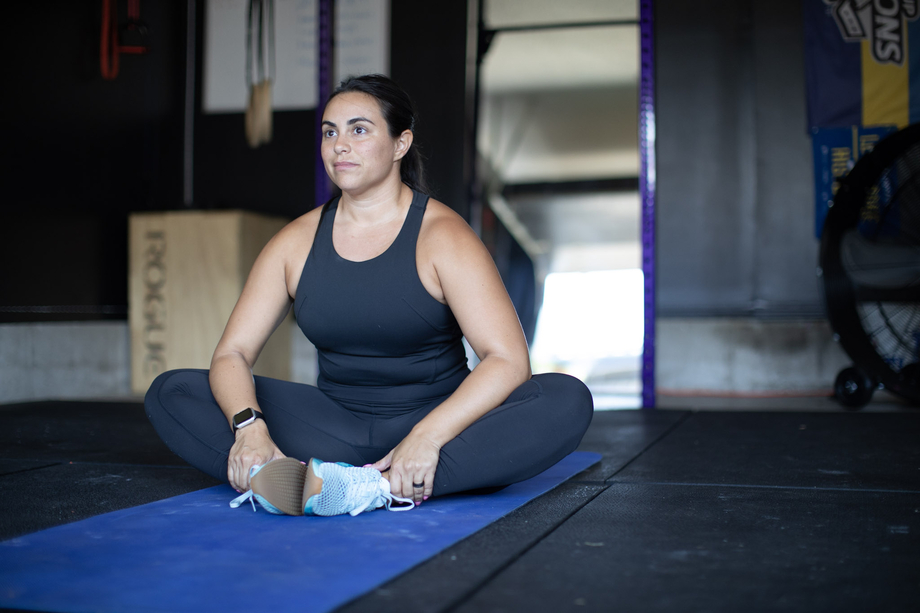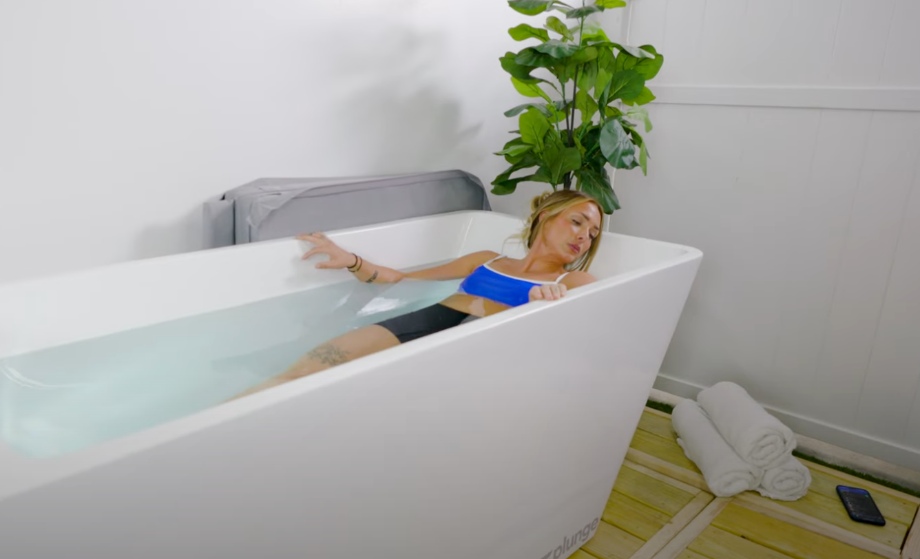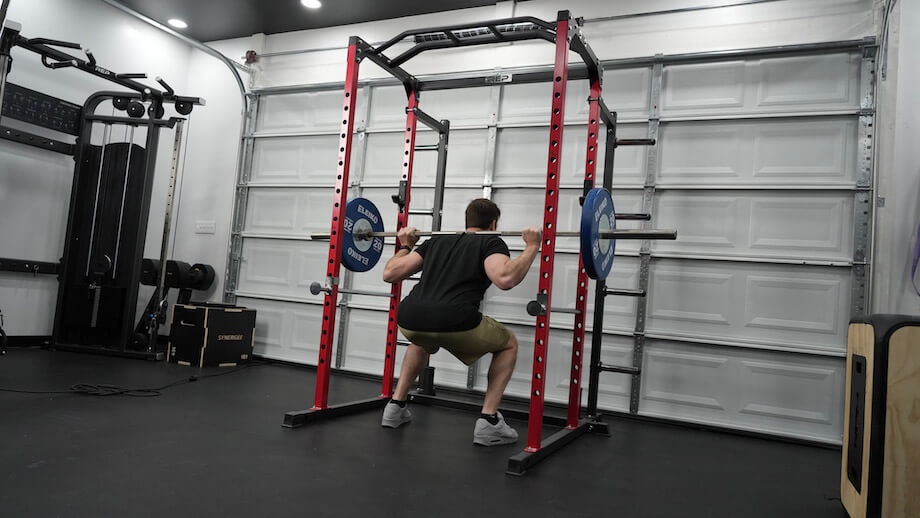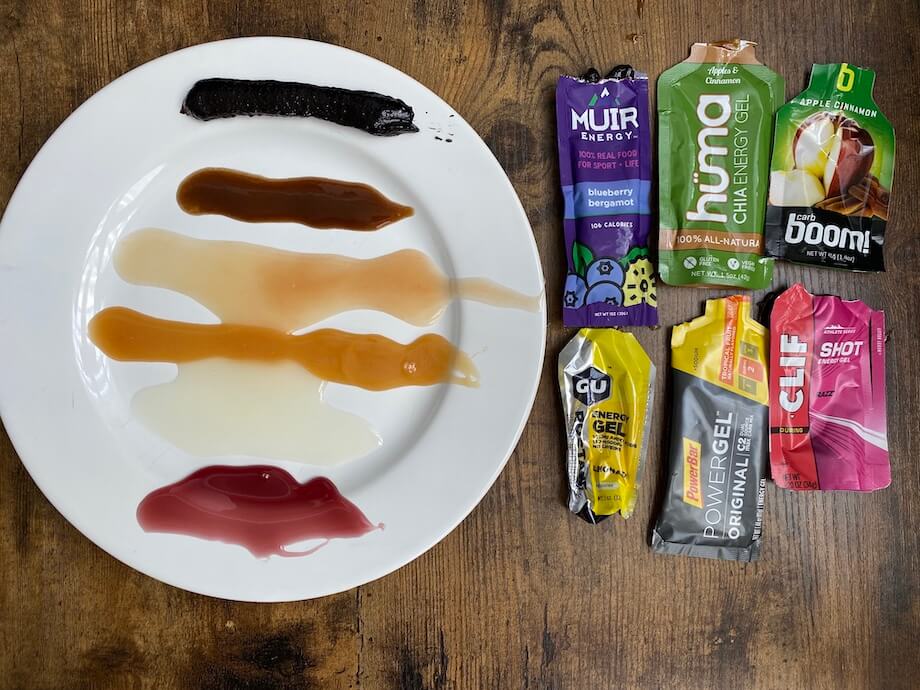Get a grip, groin! If you’ve had to utter that phrase to yourself in the gym, you already know how groin pain and range of motion limitations can turn a promising workout into a frustration-filled session.
But it doesn’t have to be this way.
Whether you’re a powerlifter, long-distance runner, or general fitness enthusiast, prioritizing mobility exercises is one of the best ways to set yourself up for sustained success. Yet, even as a longtime rugby player and certified personal trainer (CPT), I’ll be the first to admit static and dynamic stretching aren’t exactly the most exciting ways to spend your time.
RELATED: 11 Best Stretches for Leg Day
However, if you want to look, feel, and perform your best, you shouldn’t neglect this key component of a well-rounded fitness routine. And if you’re like many folks who spend hours sitting behind a desk, you definitely need to invest energy and effort into keeping your hip adductors, hip flexors, and other groin muscles happy and healthy.
While I’m not here to give physical therapy plans or medical advice, I am here to give you a series of groin stretches and strengthening exercises you can use to stay loose, limber, and ready for action at all times.
The 7 Best Groin Stretches
- Butterfly stretch
- Standing groin stretch
- Cossack squat groin stretch
- Fire hydrant groin stretch
- Frog pose
- Straddle squat groin stretch
- Lunge
Butterfly Stretch
Why do it: This classic groin stretch allows you to leverage your upper body to open up your adductor muscles (located in the middle of your thigh). You have full control over the depth of the stretch, as you can push down with your elbows to open up your groin even more.
How to do it:
- Sit straight up on the floor with knees bent and feet pulled together so your soles touch.
- Grab your ankles with both hands.
- Keep your spine straight, glutes pressed into the floor, and hinge forward slightly at the hips.
- Use your elbows to push down carefully on the inside of your thighs to stretch your hip adductors.
- Hold the stretch for 20-30 seconds, pushing as deep as you can without any pain.
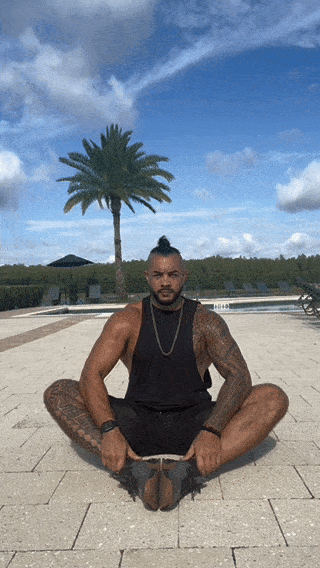
Standing Groin Stretch
Why do it: One of the first isometric stretches you learn in youth sports, the standing groin stretch helps open up your inner thighs, hamstrings, and lower back. You can also perform this move from a seated position.
How to do it:
- Stand with your feet wide, toes pointed slightly out — similar to the setup for a sumo deadlift.
- Keep your spine straight, hinge at the hips, and try to grab both ankles with your hands. If you can’t reach your ankles, reach for your shins, or as far as you can comfortably go.
- Hold the position for 20-30 seconds, then carefully reverse the hinge to return to the starting position.
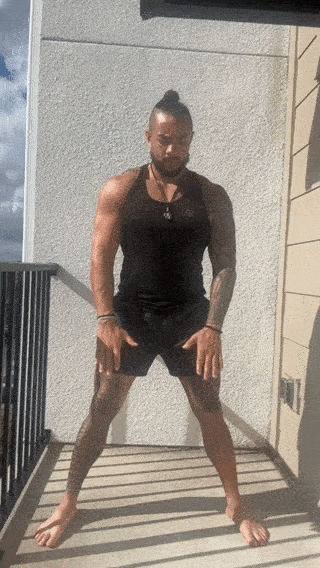
Cossack Squat Groin Stretch
Why do it: The cossack squat is a hip-opening squat variation that works your hip adductors, hamstrings, quadriceps, and glutes. Rather than using it to build muscle, though, you’ll use this non-weighted version to improve your elasticity, flexibility, and range of motion.
How to do it:
- Stand with your feet hip-width apart.
- Keep your right foot in place and take a giant step to the left, simultaneously bending your left knee to shift your weight onto your left side.
- Carefully lower yourself as far as possible, keeping your chest up and hips back. Hold the position for 10-15 seconds.
- Push off your left foot and return to the starting position.
- Repeat on the other side, alternating for 2-3 rounds.
RELATED: What Muscles Do Squats Work?
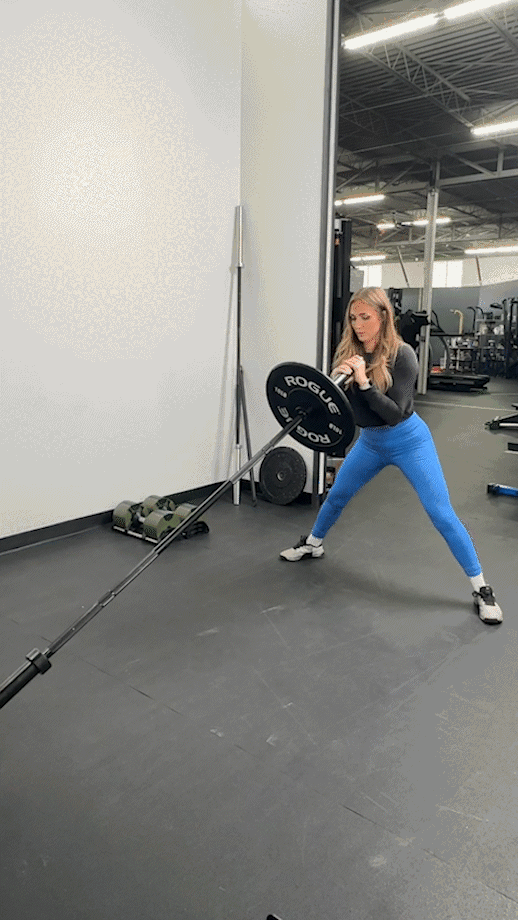
Fire Hydrant Groin Stretch
Why do it: An excellent mobility exercise for addressing groin, glute, and lower back pain, the fire hydrant stretch helps strengthen your abductors (the muscles on the outside of your hip and glutes). This aptly-named movement may remind you of a dog taking care of its business, but I promise, it’s effective at alleviating tightness in your inner thigh or groin area.
How to do it:
- Start on all-fours with a neutral spine
- Lift your right leg up to the side, keeping your back flat, core engaged, and your right knee bent at a 90-degree angle.
- Lift your leg as high as possible, ideally, so it’s parallel with your body.
- Squeeze your glutes and abductors at the top of the movement, holding the position for 10-15 seconds.
- Perform that motion 2-3 times, then switch sides and repeat.
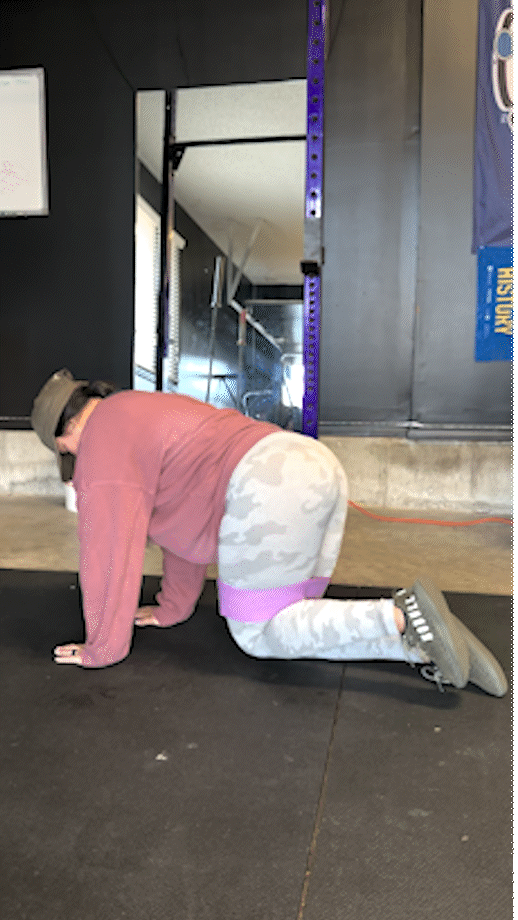
Frog Pose
Why do it: Also known in yoga circles as Mandukasana, frog pose is an intermediate to advanced movement that may take some time to ease into. This popular yoga pose can help counteract chronic muscle tightness, particularly in the groin and hips. As you will feel some pressure from the floor, it’s best to use a yoga mat or blanket for extra padding.
How to do it:
- Start in a tabletop position, hands in line with your shoulders and knees directly below your hips.
- Slowly move your right and left knees away from one another until you feel a stretch in your inner thighs and groin area.
- Open your hips more by turning your feet out toward the side.
- Carefully lower down to your forearms, pushing your hips back and breathing deeply for five to 10 breaths, allowing your body to relax.
- Release the stretch by sliding your knees back together to return to the tabletop position.
- Repeat as many times as needed.
RELATED: Best Yoga Mat
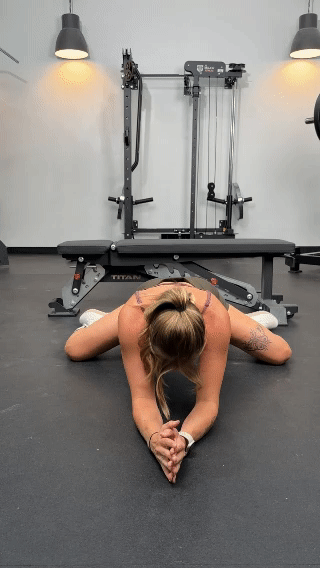
Straddle Squat Groin Stretch
Why do it: While the cossack squat can be challenging for those with mobility restrictions, the straddle squat is a bit more user-friendly. This stretch opens the groin muscles effectively without forcing you to shift all your weight to one side. If you need help staying balanced, place dip bars or a chair in front of you for support.
How to do it:
- Stand with your feet slightly wider than hip-width apart, toes slightly pointed out.
- Keep your chest up, push your hips back and bend your knees, lowering yourself into the stretch until your knees reach 90 degrees.
- Squeeze your glutes and hold for 20-30 seconds.
- Release, return to the starting position, and repeat for 2-3 reps.
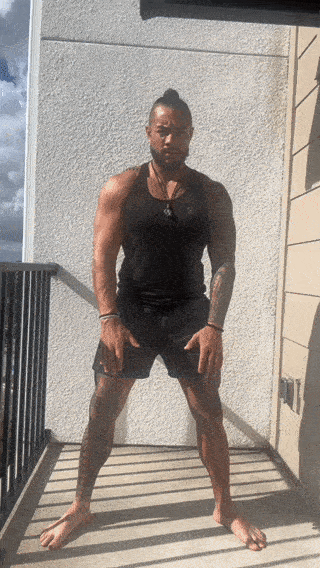
Lunge
Why do it: The lunge exercise offers many benefits, especially when it comes to addressing muscular imbalances via unilateral training. Instead of relying on it to build monstrous quads and hamstrings, however, you’ll hold the position to enjoy (as much as you can) a deep stretch in your hip flexors.
How to do it:
- Stand with your feet together.
- Take a giant step forward with your right foot, bending your right knee and raising both arms above your head.
- Hold the position for about 20-30 seconds so you feel a deep stretch in your left hip flexor and groin area.
- Lower your arms, push off your right, and return to the starting position.
- Repeat on the other side.
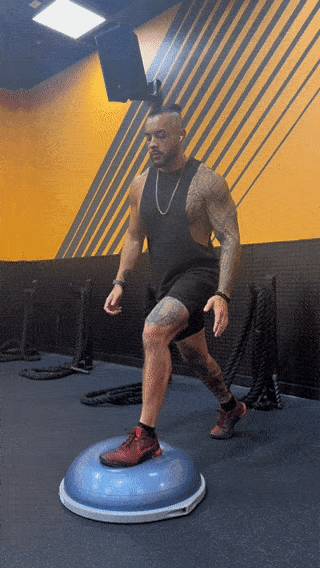
RELATED: Unilateral Exercises for Strength, Balance, and Performance
Benefits of Groin Stretches and Exercises
Just thinking about stretching exercises sparks as much excitement as looking at a plate of bland, unseasoned broccoli — let alone finishing it. However, just like mama said you should eat your veggies, you should make stretching a consistent practice.
In particular, here are a few reasons why you shouldn’t neglect your groin stretches:
Can Help With Pain Management
While there’s nothing wrong with consulting a physical therapist or healthcare provider (and it may even be necessary for some), you can get a head start on managing your own pain. Whether you’re dealing with hip pain or tightness in your inner thigh muscles, routine stretching can give you some much-needed relief.
According to a 2021 study1 in the Journal of Clinical Exercise Physiology, chronic stretching programs have demonstrated more consistent reductions in pain from a variety of joints and muscles than acute stretching. So, don’t view stretching as an innocuous part of a warm up; look at it as an integral component of your overall health and wellness protocol.
RELATED: Best Muscle Pain Relief Cream
May Help Prevent Groin Injuries
Any athlete who has dealt with even a minor groin injury ( or something more serious, like a hernia) understands how debilitating it can be to train at less than full strength. However, combining a stretching routine with groin-strengthening exercises can help you stay off the sidelines.
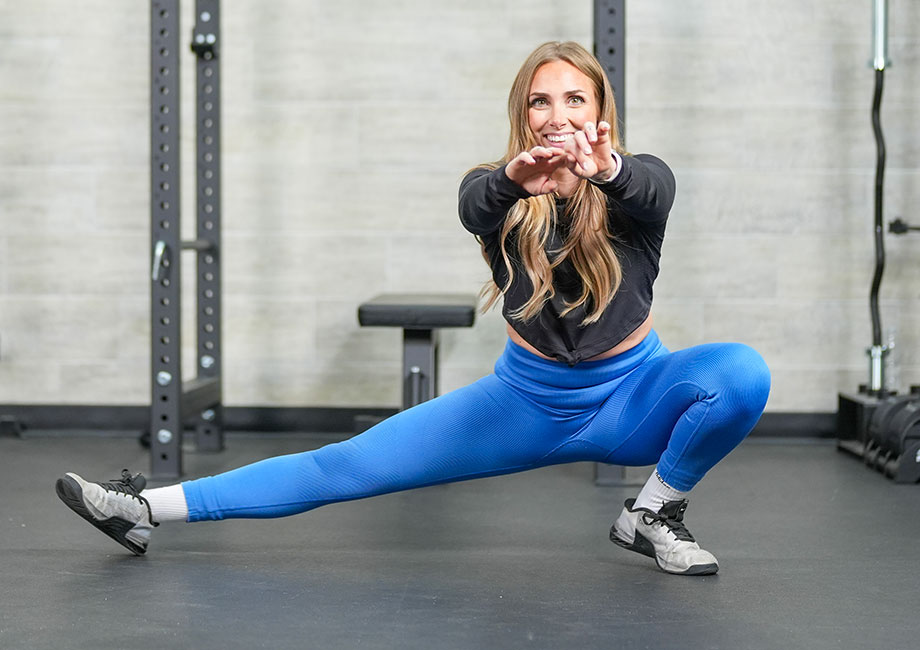
A 2022 randomized controlled trial2 conducted on high school athletes supports the efficacy of a groin-pain-prevention program. Researchers conducted a 16-week experiment comparing the number of injuries, injury rate, and severity of the injury of groin pain in three groups of soccer players. The results showed that incorporating the Copenhagen adduction exercise (CAE) in training sessions reduced the incidence of groin pain, and that combining CAE with the Nordic hamstrings exercise may be even more effective than only using the CAE.
Can Enhance Your Mobility and Range of Motion
Anything you can do to increase your mobility and range of motion will help you perform better on the field, on the court, or in the gym. In particular, stretching and strengthening your groin muscles can allow you to move more freely and effectively, giving you the confidence to hit a squat PR or take off on a full sprint to chase down a loose ball.
RELATED: Hip Flexor Exercises
What Muscles Make Up the Groin
We often talk about the groin as if it’s just one muscle, but that’s certainly not the case. Here’s a breakdown of all the intricate parts that make up this key area of your body:
- Adductor longus
- Adductor Brevis
- Adductor Magnus
- Gracilis
- Pectineus
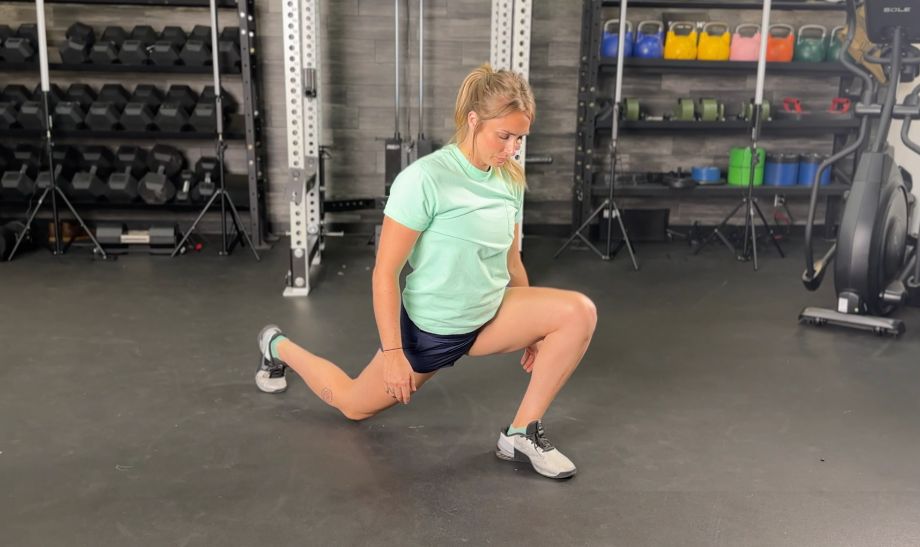
Referred to as the adductors, this group of five muscles connects from your pelvis to the inside of your femur (thigh bone) and top inside of your tibia (shin bone). While these muscles are responsible for balance and stabilization, they’re also prone to strains and tears from twisting, turning, overuse, or explosive moments.
Groin Strengthening Exercises
Focusing solely on stretching isn’t a sound strategy. To further reduce your injury risk and improve your performance, you should also incorporate strength exercises. As a CPT and seasoned athlete myself, here are some of my favorite go-to moves for building resilient adductors:
- Lateral lunges: Otherwise known as side lunges, this side-to-side movement helps improve your hip flexibility.
- Seated banded adduction: A beginner-friendly exercise that utilizes a resistance band to help provide tension on your adductors.
- Wide stance squat: The sumo squat provides more inner thigh activation than a traditional squat.
- Single-leg glute bridge: This bridge variation is a great functional exercise that can help fix muscular imbalances and increase your lower back strength.
RELATED: 8 Adductor Exercises
Groin Stretches: Final Thoughts
Nobody goes into the gym thinking: It’s #GroinDay. Yet as soon as you suffer a minor pull in that region, you’ll quickly realize how important it is to have healthy, happy, fully functioning hip adductors.
The stretches outlined above should help you feel much more limber and confident in your ability to crush your workouts and avoid any setbacks. However, stretching is just one part of the equation. If you have a history of groin pulls, prioritize strengthening exercises like lateral lunges and sumo squats so you can put your body in the best position to leave those injury issues where they belong: in the past.
Groin Stretches: FAQs
How should I loosen a tight groin?
As a CPT, I recommend using a combination of static and dynamic stretches to loosen a tight groin. You can also use a foam roller and massage gun to help get into painful areas. Be mindful of your body, as you don’t want to overwork the area.
What is a groin strain?
A groin strain happens when you stretch a muscle enough to tear or damage it. Healthcare providers classify muscle strains in three categories: Grade 1 (mild), Grade 2 (moderate), and Grade 3 (severe).
What causes a pulled groin muscle?
A pulled groin muscle can be caused by a number of factors, including mobility restrictions, sudden movements, or a direct blow to your groin.
References
- Behm, D. G., Kay, A. D., Trajano, G. S., Alizadeh, S., & Blazevich, A. J. (2021). Effects of acute and chronic stretching on pain control. Journal of Clinical Exercise Physiology, 10(4), 150–159. https://doi.org/10.31189/2165-6193-10.4.150
- Fujisaki, K., Akasaka, K., Otsudo, T., Hattori, H., Hasebe, Y., & Hall, T. (2022). Effects of a groin pain prevention program in male high school soccer players: a Cluster-Randomized Controlled trial. International Journal of Sports Physical Therapy, 17(5). https://doi.org/10.26603/001c.36631



